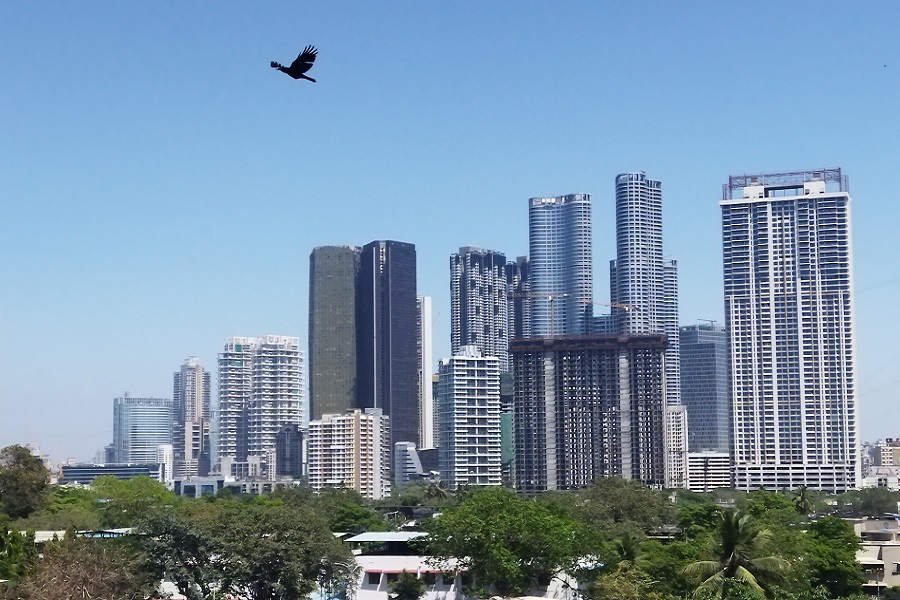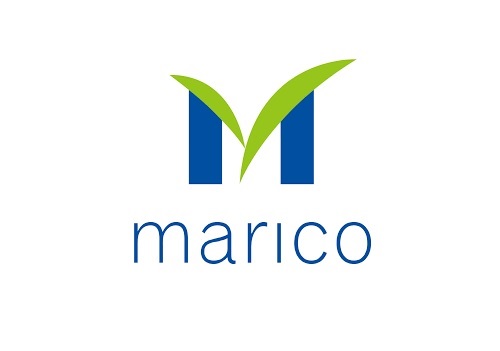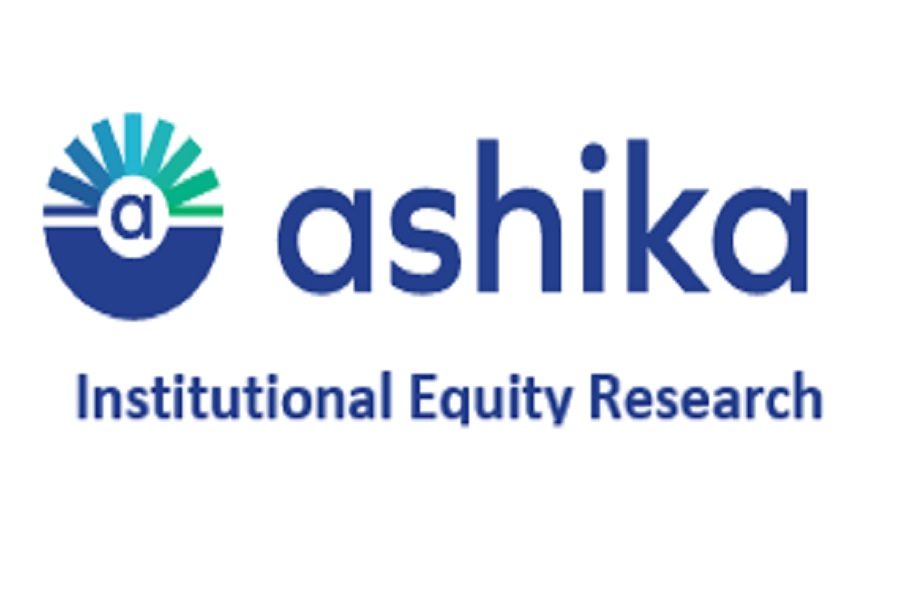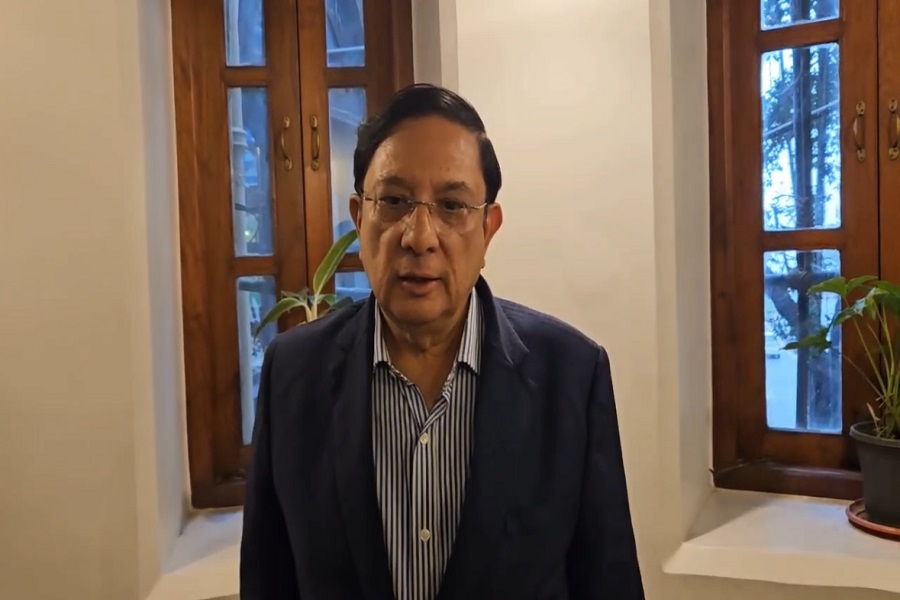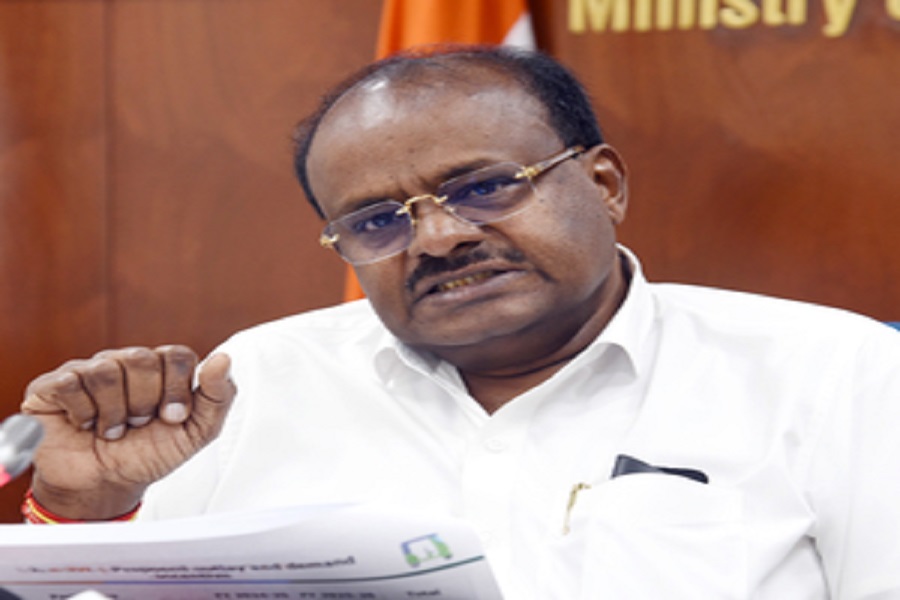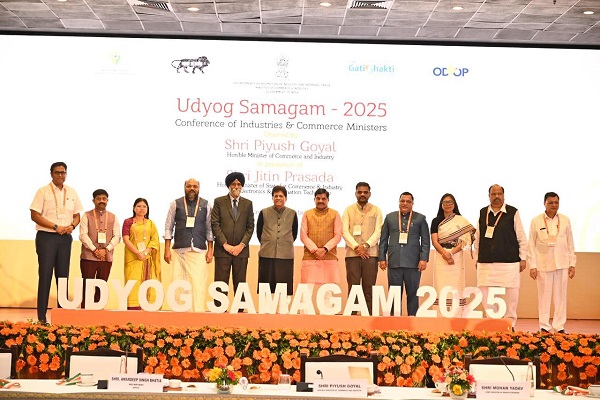An unexpectedly dovish monetary policy - Motilal Oswal

An unexpectedly dovish monetary policy…
…as RBI moves to manage the yield curve
* The Monetary Policy Committee (MPC) resolution has come on expected lines with the policy repo rate unchanged at 4%. The reverse repo and Marginal Standing Facility (MSF) rates were also kept unchanged at 3.35% and 4.25%, respectively. Besides the decision on rates, all MPC members voted unanimously to continue with the accommodative stance as long as necessary.
* RBI also kept its GDP growth forecast unchanged at 10.5% (lower than market consensus of 11%) and revised inflation projections only marginally up to ~5% for FY22 (higher than the market consensus of 4.75%).
* Contrary to our expectation of no further monetary policy easing, the RBI announced a number of measures aimed at managing the yield curve and enhancing liquidity. These measures include conducting a secondary market G-Sec acquisition program (G-SAP 1.0), or what is popularly known as Open Market Operations (OMOs) to purchase government securities worth INR1t in 1QFY22, of which INR250b will be purchased on 15th Apr’21; extension of on-tap Targeted Long-Term Repo Operations (TLTROs) up to 30th Sep’21; additional special refinance facility worth INR500b to All India Financial Institutions (AIFIs); among others.
* While the unchanged policy rates and stance came on expected lines, the tone of the monetary policy statement was rather dovish, contrary to our expectation. The rising second wave of COVID-19 cases may have caused the RBI to take a step back from the liquidity normalization process that it had started in Dec’20. In fact, RBI’s major focus at this point in time seems to be more on yield curve management, given the massive government borrowing program in FY22. Its announcement of new liquidity measures and extension of a few indicates that monetary policy normalization might be delayed and be more gradual than earlier expected.
I. Policy interest rates kept unchanged
Policy rates were kept unchanged...: The MPC decided to keep policy rates unchanged – the repo rate at 4%, the reverse repo at 3.35%, and the MSF at 4.25%. Besides the decision on rates, all MPC members voted unanimously to continue with the accommodative stance as long as necessary – to sustain growth on a durable basis (Exhibit 1-2).
* …and FY22 inflation and growth target were also broadly unchanged: While inflation projections for 4QFY21 was revised downward to 5% from 5.2% YoY, the same for FY22 was kept largely unchanged ~5% (5.2%/5.2%/4.4%/5.1% YoY in 1Q/2Q/3Q/4QFY22). FY22 real GDP growth forecast was also kept unchanged at 10.5% YoY (1Q/2Q/3Q/4QFY22 real GDP at 26.2%/8.3%/5.4%/6.2% YoY). While inflation risks are broadly balanced, the RBI expects a buoyant rural economy, strengthening urban economy, and continued government support to sustain growth in FY22 ( Exhibit 2-3).
* A set of new measures and extensions were also announced: The RBI also announced a variety of measures in its policy statement on 7th Apr’21:
➢ In its first, RBI will conduct a secondary market G-Sec acquisition program (G-SAP 1.0), or what is popularly known as OMOs, to purchase government securities worth INR1t in 1QFY22, of which INR250b will be purchased on 15th Apr’21. However, the RBI will continue to conduct Variable Rate Reverse Repo (VRRR) auctions of longer maturity in order to suck out additional liquidity. Effectively, yield curve management seems to be RBI’s major focus. By sucking liquidity and supporting long-dated securities, the yield curve is expected to flatten.
➢ On-tap TLTRO scheme, which was made available up to 31st Mar’21, has now been extended for six more months to 30th Sep’21. Liquidity availed by Banks under this scheme is to be deployed in corporate bonds, commercial papers, and non-convertible debentures issued by entities in 26 specific stressed sectors as identified by the KV Kamath Committee. This liquidity can also be used to extend Bank loans and advances to these sectors.
➢ Special refinance facilities worth INR500b will be provided to AIFIs. Of this, the National Bank for Agriculture and Rural Development (NABARD) would receive INR250b, National Housing Bank (NHB) would receive INR100b, and the remaining INR150b would be deployed to SIDBI. This is over and above the INR750b already provided to these AIFIs during Apr-Aug’20.
➢ Bank lending to registered NBFCs (other than MFIs) for on-lending to Agriculture, MSME, and Housing was permitted to be classified as Priority Sector Lending (PSL). This dispensation, which was available from 13th Aug’19 to 31st Mar’21, has been further extended by another six months up to 30th Sep’21.
➢ In a bid to further promote financial inclusion, the RBI has decided to expand Payment Banks’ ability to cater to the needs of their customers, including MSMEs, small traders, and merchants, by enhancing the maximum balance limit at the end of the day to INR0.2m per individual customer from INR0.1m.
➢ A committee is to be set up to undertake a comprehensive review of the working of ARCs in the financial ecosystem and recommend suitable measures for enabling such entities to meet the growing requirements of the stressed financial sector.
* Monetary policy normalization to be more gradual that earlier expected: While the unchanged policy rates and stance came on expected lines, the tone of the monetary policy statement was rather dovish, contrary to our expectation. The rising second wave of COVID-19 cases may have caused the RBI to take a step back from the liquidity normalization process that it had started in Dec’20. In fact, RBI’s major focus at this point in time seems to be more on yield curve management, given the massive government borrowing program in FY22. Its announcement of new liquidity measures and extension of a few indicates that monetary policy normalization might be delayed and be more gradual than earlier expected.
To Read Complete Report & Disclaimer Click Here
For More Motilal Oswal Securities Ltd Disclaimer http://www.motilaloswal.com/MOSLdisclaimer/disclaimer.html SEBI Registration number is INH000000412
Above views are of the author and not of the website kindly read disclaimer


